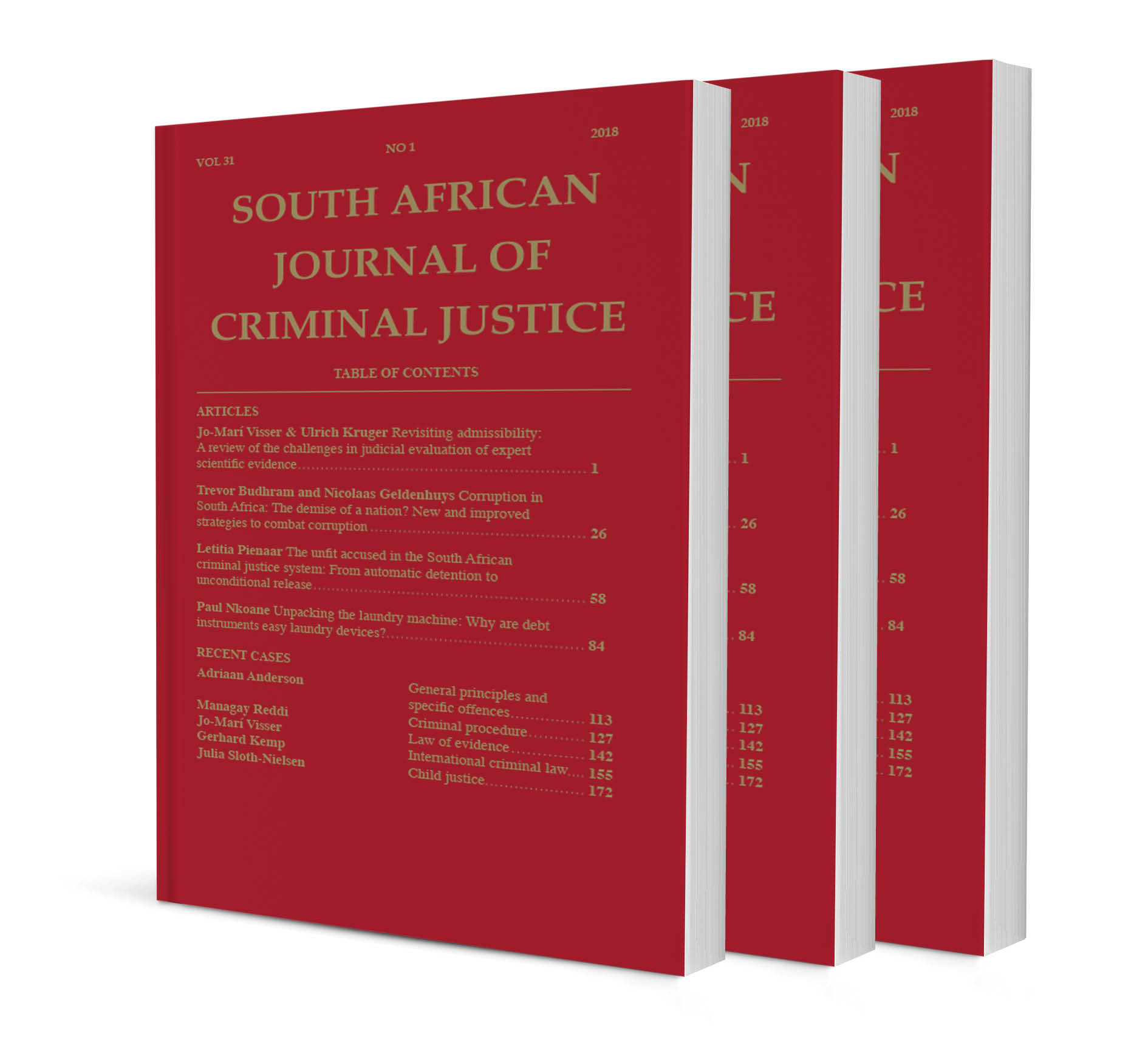Appeal at your own risk: the power of an appellate court to enhance a sentence on appeal in Botswana

ARTICLE
Appeal at your own risk: the power of an appellate court to enhance a sentence on appeal in Botswana
Authors: Baboki Jonathan Dambe & Olebile Daphney Muzila
ISSN: 1996-2118
Affiliations: LLB (Botswana) LLM (Edinburgh); Lecturer of Law, Department of Law, University of Botswana; LLB, LLM (Botswana); Attorney at Law, Botswana
Source: South African Journal of Criminal Justice, Volume 38 Issue 1, p. 94-113
https://doi.org/10.47348/SACJ/v38/i1a4
Abstract
The right of an accused person to appeal their conviction and sentence to a superior court is an indispensable component of due process and an extension of the right to a fair trial. Principally, an accused person appeals with the hope that the appellate court will reach a more favourable decision than that of the trial court. However, an appeal presents the inherent risk that the appellate court may enhance both the sentence and the conviction. This paper assesses the powers of the High Court and the Court of Appeal of Botswana to enhance the conviction and sentence when dealing with an appeal. The circumstances under which this power is exercised and the factors that are taken into account by the appellate courts are examined. The paper highlights that the appellate courts retain the discretion to enhance a sentence even when the accused person ultimately attempts to withdraw their appeal. The authors interrogate the propriety of the appellate court’s discretion to decline an application by an accused person to withdraw their appeal. The paper juxtaposes the aforesaid power with that of appellate courts in South Africa to enhance sentences imposed by the trial court.
